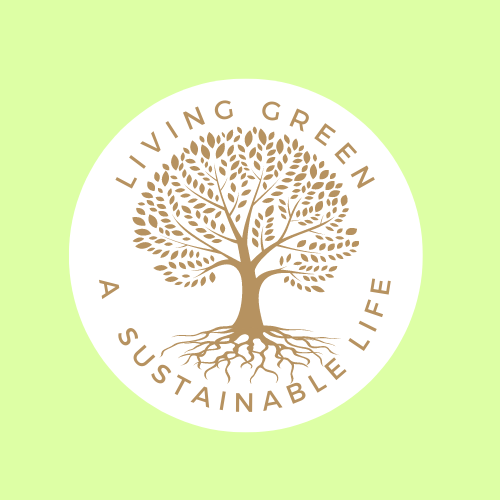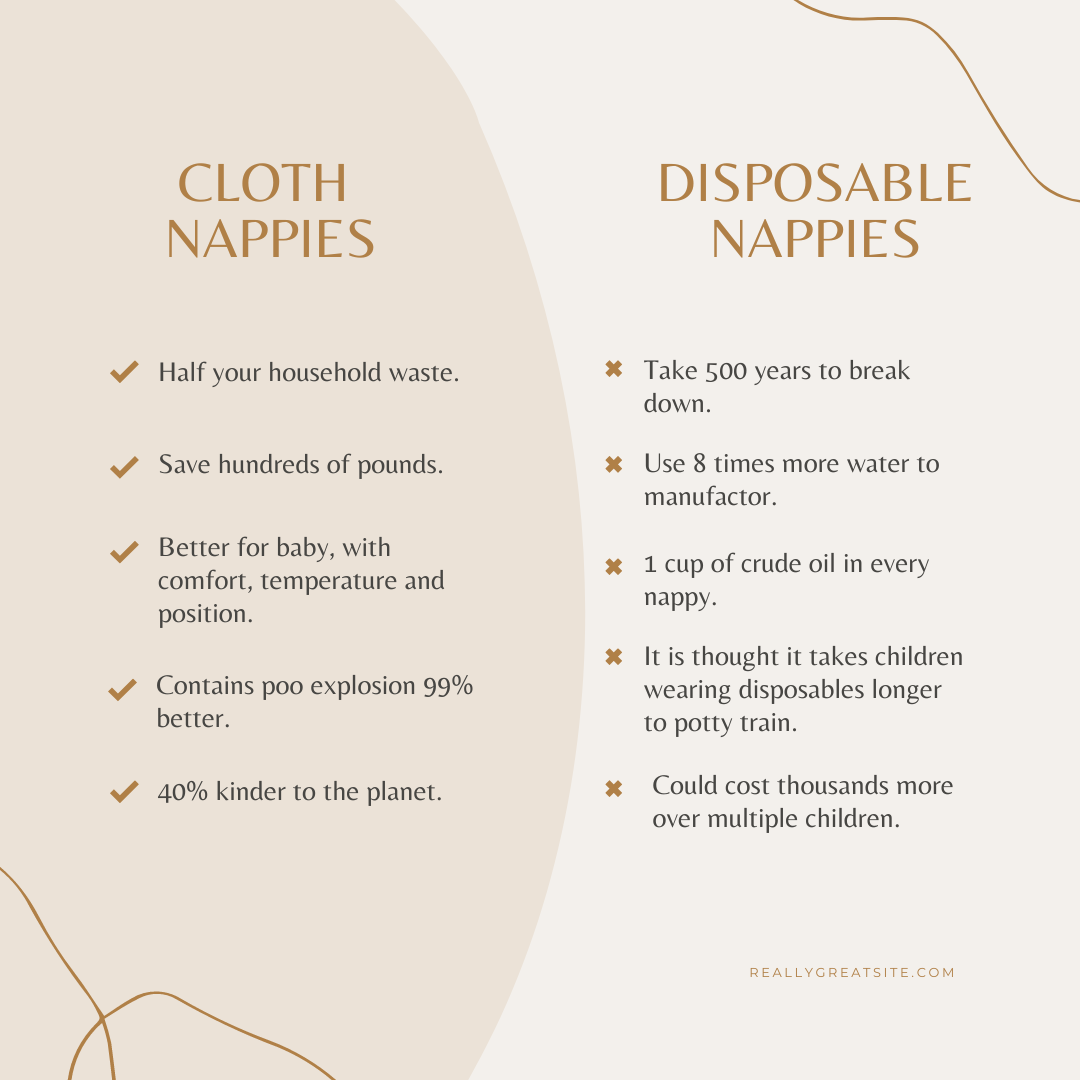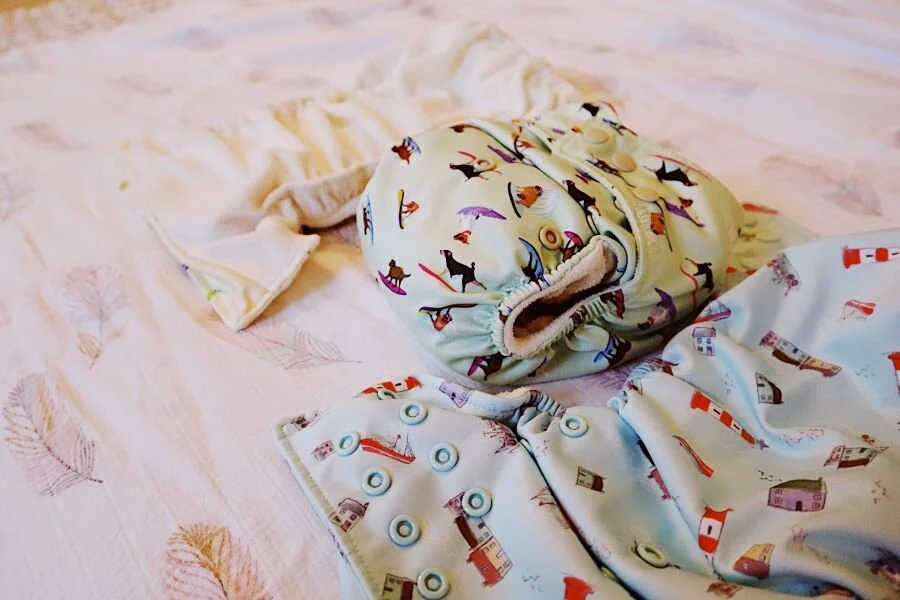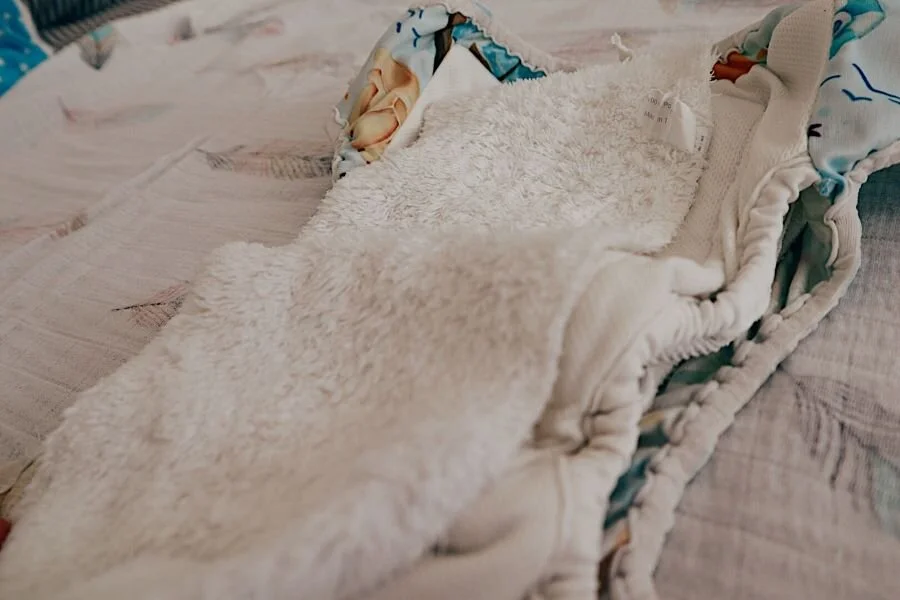Cloth Vs Disposables.10 Pros and Cons to Reusable Nappies.
Hey there. If your here reading this it’s probably because your thinking about using reusable nappies but your unsure whether it’s really worth it. What are the pros and cons vs disposables nappies? And will using cloth diapers be doable for you and your family.
I’m afraid the only person that can answer that last question is you… but I’m here to lay it all out for you to make that decision an informed one.
Are cloth diapers better than disposables?
Cloth diapers can halve your household waste, are 40% better for the planet and will save you hundreds of pounds over 2+ years. There are also benefits to your baby including healthy hip development, plus they contain poo explosions 99% more.
But of course they aren’t prefect and there are cons to using reusable nappies that you’ll want to consider. Like the fact that it costs more to initially buy them, there is a lot of washing involved and they don’t last as long between changes. However if your willing to take on these downsides and see the good in them, using cloth diapers can be a wonderful, rewarding experience.
What is the environmental impact of cloth nappies vs disposables?
Though there is still an environmental impact from using cloth diapers, from manufacturing and washing them, they are still 40% better for the environment than disposables and use 8 times less water than manufacturing single use nappies.
Don’t be down heartened by a now discredited report on cloth nappies vs disposable by the Environment Agency that showed the impact of both to be very similar. This is simply not true. I go into details of how and why this report was inaccurate in this article “Why the environment agency got it wrong.”
There are also ways you can reduce the amount resources and energy your cloth nappies use with these simple tips.
1. Don’t tumble dry your nappies. It’s better for your nappies and for your energy bills to air dry them.
2. Buy laundry detergent in carboard boxes. Powdered detergent usually comes in cardboard which as it happens is the best type for your cloth nappies. Saving many plastic bottles.
3. Buy natural and organic materials. Materials such as bamboo and hemp are extremely good for nappies as they are very absorbent but are also very sustainable materials to grow. Buying them organic if there is the option ups it’s sustainability points.
4. Always do a full wash. This is important not just for your energy but to make sure your nappies wash properly by filling your machine to 2/3’s full.
5. Use nappies on more than one child. This is one huge factor the environment agency didn’t take into account. This includes buying or selling secondhand nappies as well as using them on more than one of your own children.
Pros to Cloth Nappies.
1. Comfier for baby.
2. Half your household waste.
3. Contain ALL poop explosions.
4. Potential to potty train earlier.
5. Money saving.
6. Provides optimum position for healthy hip development.
7. Kinder to the planet.
8. Less likely to cause nappy rash.
9. Cooler for baby.
10. Forget the smelly bins.
Cons to Cloth Nappies.
1. Initial outlay can be high.
2. Extra washing.
3. Overwhelming amount of choice.
4. Can be prone to leaks.
5. Learning the right fit.
6. Explaining to friends and family.
7. Getting the right wash routine.
8. Clothes sometimes don’t fit.
9. Having to myth bust all the time.
10. Stepping out of your comfort zone.
Disposable nappy Pros.
1. Easy to use.
2. The cost is spread out.
3. Convenient.
4. Less wee leaks.
5. Slim on baby.
Disposable nappy cons.
1. Take 500 years to decompose.
2. The cost could be thousands more than cloth.
3. Use 8 times more water.
4. One cup of crude oil in every nappy.
5. More chance on nappy rash.
Lets dive in to what this could all means for your everyday life using cloth nappies.
Pro’s of cloth nappies.
Better for baby.
Comfier and cooler for baby.
Modern cloth nappies have been proven to be more breathable than disposables. Many parents worry that the fleece liners and the bulkier look will make babies hotter but actually the opposite is true.
The Nappy Lady claims here, that manufacturers told them of a 5 degree difference between a disposable nappy compared to the cooler bamboo nappy and a 2 degree difference in a microfibre.
In hot weather (especially if you live in warmer climates) wool covers are a good option. Your thinking wool? Surely wool is for winter? But wool is quiet possibly one of the cleverest natural materials known to man, keeping you cool in summer and warm in winter. Wool covers are a great night time choice.
If your still doubt, think about what you would rather on your bottom, plastic or breathable natural materials.
Less risk of nappy rash in cloth diapers.
There is some evidence to say that babies are less likely to get nappy rash in cloth nappies. This is because cloth nappies usually do not last as long as disposable nappies so parents are likely to change more often. This of course does not exempt babies in cloth from a sore bottom for other reasons.
For more information on how to solves nappy rash in cloth nappies head over to a THIS post on the subject.
Don’t let the bulk make you doubt.
One thing that makes parents doubt weather or not cloth nappies are comfy for their child is the bulk. In fact the bulk of cloth nappies have been proven to keep your babies hips is a health position, in many countries actually being used to treat Clicky Hips Syndrome. Keeping a newborns hips set wider apart, like the position made with cloth nappies or a good sling position aids healthy hip development. See example here for more information.
Half your household waste.
WRAP says by the time they are potty trained, a baby could have used 4,000 to 6,000 disposable nappies, or 20 to 30 reusable nappies. Adding up to 3 Billion a year in England and Wales. 400,000 tonnes of waste every year – or 2-3% of all British household waste!
According to the NCT website by using cloth nappies you can half your household waste. Doesn’t that seem mad? That when you have a baby, just their bottoms are DOUBLING what goes in your black bin.
I think reducing waste is one of the main reasons families switch to cloth. The physical waste may only be part of disposables impact on the environment but it’s the one we see and have control of. It’s the thought of something you’ve used for a couple of hours, if not a few minutes (we’ve all been there) sitting in a landfill for 500 years. Think about that. If Henry the VII had worn a disposable, his poop would still be hanging out somewhere on this earth. Pretty gross right?
Pin me for later….
The potential to potty train early.
The theory goes that disposables keep baby feeling artificially dry, making it harder for them to distinguish when their wet. Because babies are more likely to notice when a cloth diaper is wet they start to connect the dots between the feeling of a feel bladder and the following feeling of a wet nappy making potty training easier and in many cases earlier.
Money Saving.
£800-£1100. That’s the average parents spend per child on disposable nappies. Now times that by 2 or 3 depending on how many children you have. Compared to around £300 for 25 reusable nappies that could see you through 1, 2 or 3 children before potty training.
Okay, so in reality your probably going to spend a little more, adding a few extras in when starting again with a second or third baby and if you decide to cloth from newborn you’ll need some smaller sizes but that cost will be minimal compared to another £1000 for an extra child.
Convient for parents.
No more smelly bins or last minute dashes to the supermarket.
My partner had twins before he met me, who wore disposables so he can tell you about life with both. He told me awful stories about maggots in the bin on hot summer days with two babies worth of nappies filling it up.
When staying with family in the past I have opted, for a few reasons to take disposables with me. One of them being worrying they might be funny about me asking to wash nappies in their washing machine if necessary. I wonder if in the future there will be a time when people make a face at you putting nappies in their bins that attract flies. “Isn’t it weird? They throw them away instead of just washing them.”
Cons to using cloth nappies.
The Initial Cost’s
Let’s not beat around the bush here, the initial outlay for cloth nappies is much higher than buying a few packs of budget disposable nappies. Especially for newborns. My friend told me a pack of newborn disposables cost her 80p at Aldi. Compared to buying a whole stash of newborn cloth nappies, the price there is not comparable.
Read: “Navigating the Pre-loved Cloth Nappy Market.”
Extra Labour and wash routines.
Yep, your going to have more washing. But unlike that annoying Environmental Agency report I’m not going to call is “unpaid labour” mainly done by the women in the household. Because that’s all we do right? Spend our time scrubbing nappies. (Insert hard eye roll).
We do 2 nappy washes a week. Sometime I think “help, where is all this washing coming from?” but that’s what comes with parenting right?
The Overwhelming world of cloth nappies.
Yeah it can be overwhelming. If your like me and love to sit and devour a subject on YouTube and read all the blogs then you’ll be fine, all the info you need is out there and well probably (hopefully) on this blog right here.
If your not into that, then google your nearest nappy library, they’ll help you with everything you need to know. If you don’t have one of those just give it a go anyway and maybe just watch one or two YouTube videos.
Once you have a physical nappy in your hands, I promise it’s way less daunting and somehow all just makes sense.
Read: “How to Build a Versatile Stash”.
Getting the right wash routine.
Follow my step by step to a great wash routine HERE. I do think it’s important to get to know how to wash your nappies properly. It just future proofs you from any problems and puts you safe in the knowledge what’s going on your babies bum is as clean as can be.
Leaky Nappies.
It happens, and it is more likely to happen with cloth nappies, though might I add only WEE leaks. Cloth nappies keep all the nasty brown stuff in where it should be. No “up the back” disasters here. If you know, you know.
The good news is all cloth nappy leaks are solvable. There’s just probably one or two things that need tweaking. How your fitting them, how much absorbency you have in a nappy and how often your changing them are more than likely your problem. “6 Reason’s Your Cloth Nappy Are Leaking” will give you all the solutions.
buying clothes to fit.
While you’ll struggle getting some clothes to fit over your cloth nappies you’ll soon very much forget this was even a problem. I avoid buying tight fitting clothes or go for a size up. Buying vest extenders will help in the first year when babies live in baby grows.
Read: “Cut for Cloth Clothes.”
Shutting down friends and family with silly myths.
My immediate family were so support of me using cloth nappies and never really questioned anything. I was very lucky. However, on the Facebook Groups I am a member of I’ve heard some horror stories of unsupportive family and friends. In fact reading those stories made me nervous to tell people we were using cloth. I certainly didn’t shout about it until we were in the flow, knew what we were doing and knew we would stick to it. My partner is different. He’ll tell anyone that will listen and if they doubt, he’ll correct them.
The fact is, most of the things people tell you against cloth nappies are myths. Most of the time I see it as a defense mechanism. I think when you talk about cloth people think your judging them for using disposables. Not the case at all.
Stepping out of your comfort zone.
Lastly a con is definitely that it will mean some of you will have to step out of your comfort zone. Like I said above some people can have a strange reaction to people that use cloth nappies. I’ve been there when someone has mentioned them, others making a face and then me having to say “actually we use them”. Strange looks in the swimming pool changing room, and awkward questions on the beach. Or someone asking if they can borrow a nappy as they forget to pack spares, “I mean your welcome to but you’ll have to wash it and bring it back.” But it is all worth it when that one Mum comes over to you to say “Wow, are they reusables? I’d love to pick your brains.” Or a friend rings to say they want to make the switch and needs my help. And most of the time the whole beach comments on just how gorgeous she looks running around with a Surfs Up print nappy on. Because obviously we have to get the right prints out for the right occasions.




















How many cloth nappies will you need to go full time and ditch the disposables for good?